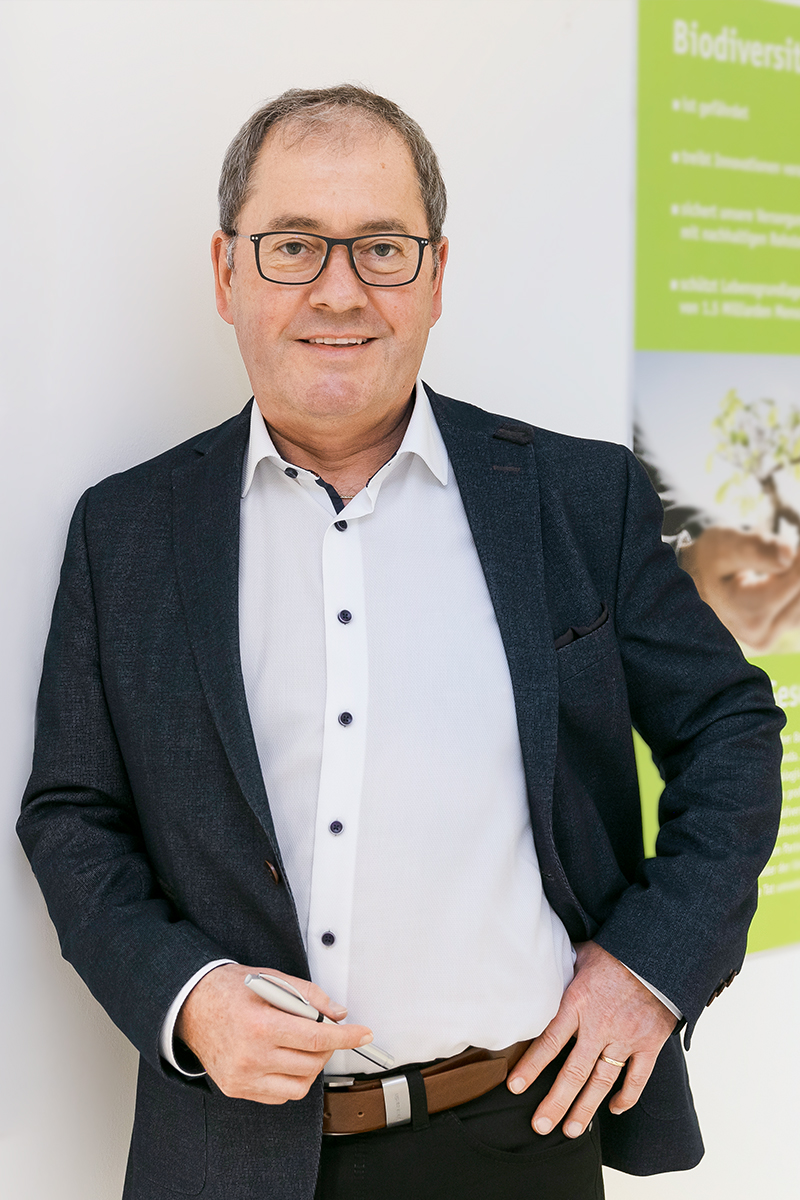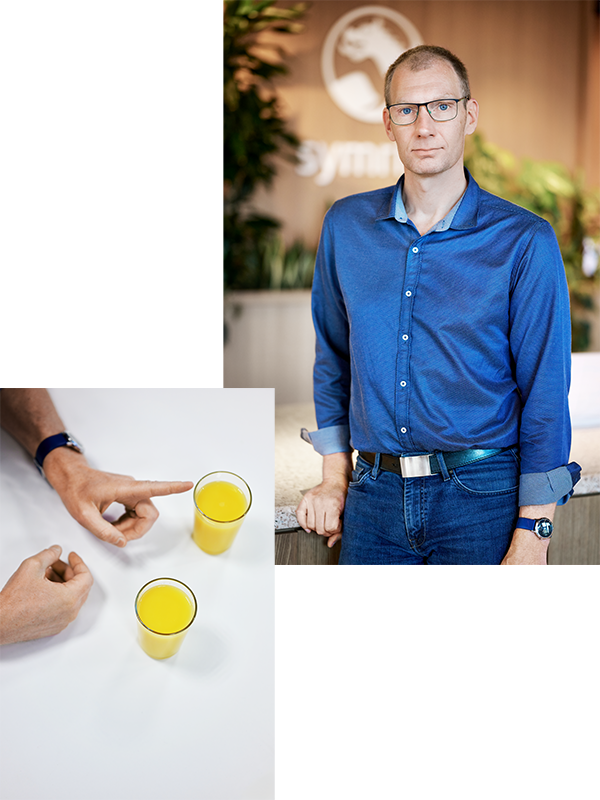France, where the Taste, Nutrition & Health segment primarily operates numerous plants, ranks fourth. From here, in Rennes in Brittany, Thierry Lenice reviews the plans. “We will start with our plants in the United States, Mexico and China and then quickly integrate all remaining production operations,” the Low Carbon Transition Manager says. He also works intensely with Scope 3, the core of which focuses on the carbon footprint of raw materials. “About 80 % of greenhouse gases are created during the production and transport of our natural substances,” Thierry Lenice says.
One focal area is the recipes for products whose life cycle was analyzed by his team in recent years. In addition to other aspects, this includes environmental impacts such as emissions of CO2 equivalents. To illustrate his point, Thierry Lenice has placed two glasses of a soft drink in front of him. One beverage is the original version. The other is a refined version made with an optimized recipe that is designed to reduce the carbon footprint of the entire product. “In the past, we used pure orange extract for this soft drink,” the manager says. “We have now changed the flavoring ingredients by using a different mixture. We previously used 100 % orange extract from Brazil. We changed the recipe to include 20 % domestic mushroom extract that contributes the same texture and the same flavor.” Both products are totally natural, taste the same – and the new mixture produces fewer greenhouse gases along the entire value chain.
With the help of this eco-design, emissions can be reduced by an average of 30 %. As part of this effort, Thierry Lenice also focuses on local producers. “We work closely with them,” he says. “On the one hand, we assess their efforts to reduce our carbon footprint and, on the other hand, consider ways that we can help them become more sustainable,” Thierry Lenice says. But he adds that the suppliers who work with thousands of small farmers face some challenges in this effort. “Due to their size alone, it is not easy for many of them to meet and document the standards,” he says. Lenice considers this type of collaboration to be especially important. “We live from agriculture and obtain our raw materials there,” he says. “By playing an active role here, we can pull the right levers and make our products more sustainable.”



